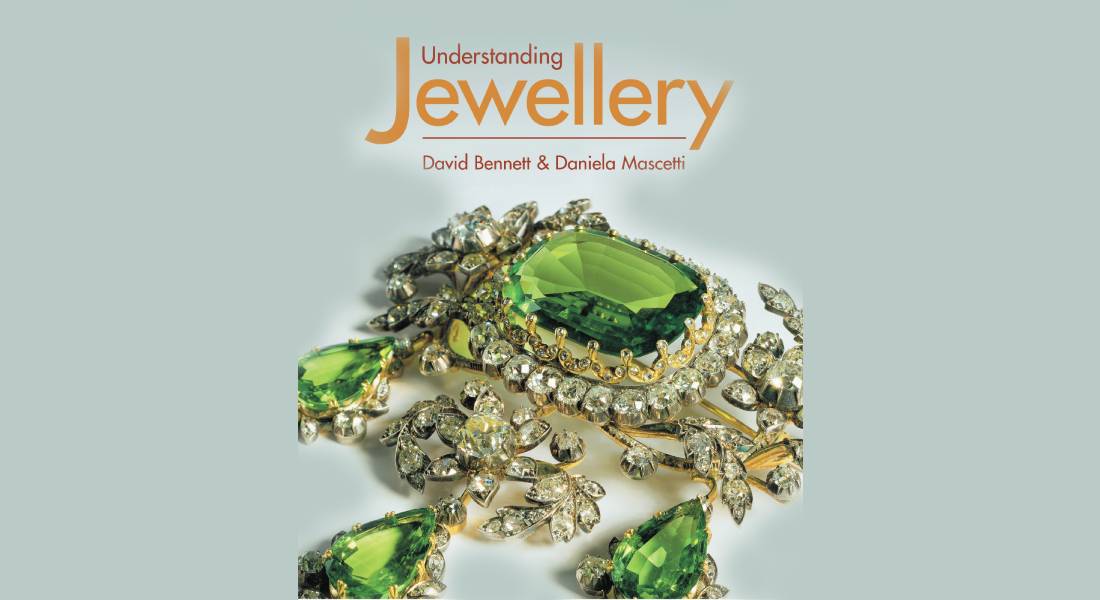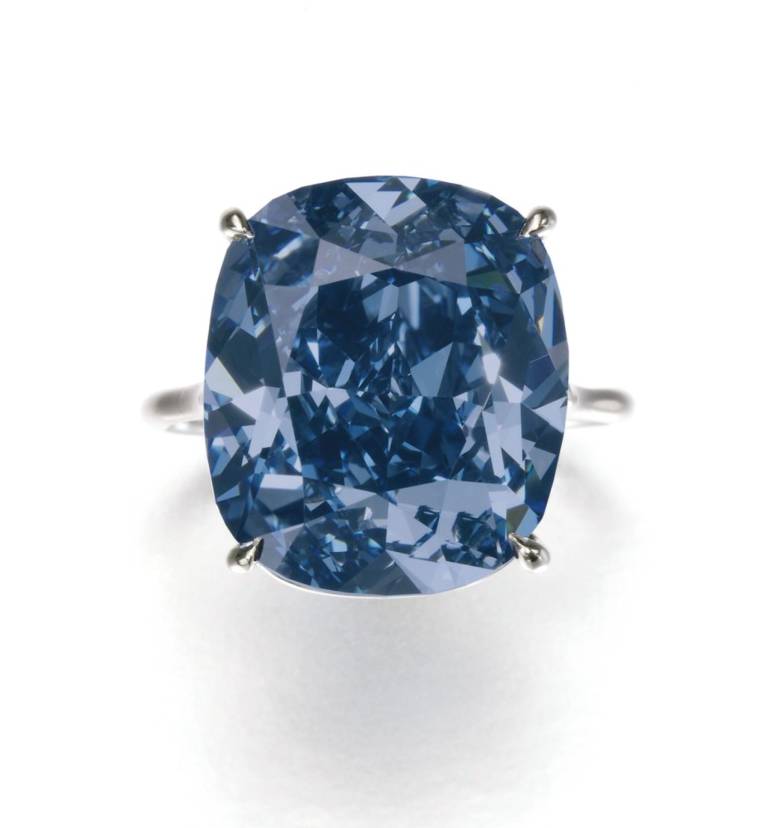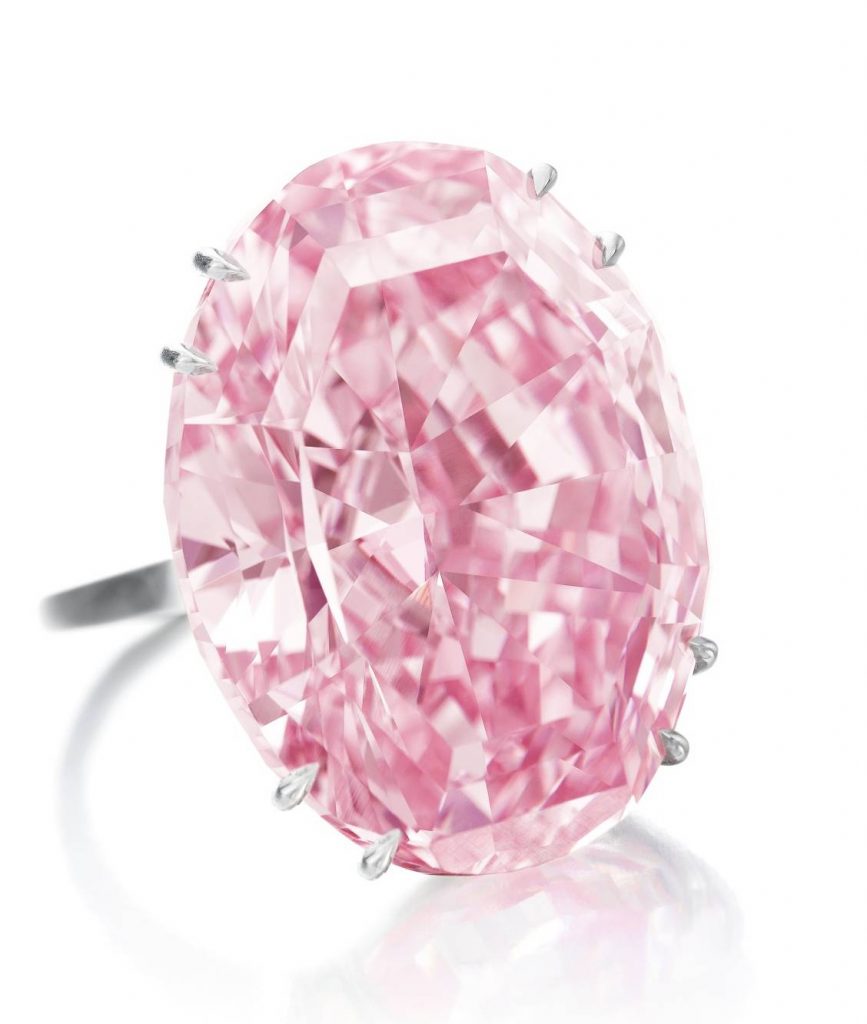David Bennett, ex-Worldwide Chairman, Jewellery Division, Sotheby’s had nurtured a predilection for film direction, but his starry ambitions were nipped due to paternal concern over securing his future; so instead he was steered towards another equally glittering world – that of diamonds, gems and jewellery, at Sotheby’s. David is the Chief Guest for The Artisan Awards 2022 ceremony, which is being organised by GJEPC in Mumbai on 13th April.
David joined the auction house’s one-year training programme and the universe aligned, and he was smitten! His celluloid dreams took a backseat and he rose up the ranks to ultimately earn the sobriquet of the “100-carat man” for auctioning seven 100-carat diamonds at record prices. David was also at the helm for auctioning the “Jewels of the Duchess of Windsor” (1987) – one of the sub-themes of this year’s Artisan Awards.
David is not just known to have an eye for sussing jewellery but getting deeply acquainted with a diamond is a complete sensorial experience for him. Gems have a particular pull on him as he also practises hermetic astrology, and takes on bespoke assignments to design jewels for his special clients.
All these years later, David’s passion for diamonds and jewellery glows with the same intensity, as is evident in this exclusive interview with Solitaire International.
Seeing India through an auctioneer’s eye, given its historic association with gems and jewellery, tell us what fascinates you most about the country?
In my experience, India is unique in that gems and jewellery are integral to life as lived in the country and to its traditions – dating back over 2,000 years. I’ve been lucky to attend a number of weddings in Jaipur and the time-honoured exchange of jewellery in the context of the traditional attire of the bride, the groom and their guests continues to be observed and seems to be increasing in popularity, if anything. Gems and jewellery are fundamentally woven into Indian society and its well-loved conventions. Wherever I go in India I meet people who are informed and passionate about gems and jewels. I learn so much here. It’s unique.
Of all the significant diamonds that you auctioned, which were the standouts for you?
I was very blessed during my more than 40-year career at Sotheby’s to handle and sell some of the world’s rarest gemstones. For me, each one had a definite character and personality that set it apart from its peers – and I am not referring here to visible characteristics alone – but rather to something intangible; in order to perceive this we need to use different ‘eyes’ and to listen (strange as that may sound!). Generally, the stones remained with me for only about 4 to 6 months before the eventual sale and so I would make a point of spending as much time with them as possible in order to fix them firmly in my memory.
Apart from the record-breaking ‘Sunrise Ruby’ which I sold in 2015, three diamonds remain particularly close to me still:
The Beau Sancy, a modified double rose-cut diamond, weighing 34.98 carats, I auctioned in Geneva in 2012 for $9.57million. It was an incredibly powerful stone with immense presence. It was mined in the Kollur mine, India, but the date is unknown. However, it was acquired in the late 16th century by Nicolas de Harlay, Seigneur de Sancy, probably in Constantinople, where he was French Ambassador at the Sultan’s court. Harlay sold it to the French king, Henry IV, who wanted it to be the centrepiece at the top of the crown of pearls and diamonds which his wife Marie de’ Medici was to wear for her coronation in 1610, in the Basilica of Saint-Denis, Paris. The Beau Sancy can be clearly seen in her coronation portraits. Over the next 400 years, the diamond passed through several European royal families, including the Dutch and British and Prussian, and was always prominently displayed in their jewel collections. Having been witness to so many of the historic events in European history adds, without question, to the stone’s extraordinary charisma, but quite apart from that it is an astoundingly beautiful stone and I feel honoured to have held it in my hand.
The Blue Moon of Josephine, an internally flawless, cushion-shaped, fancy vivid blue diamond, weighing 12.03 carats was sold in 2015 for $48.4million – it holds the world record price per carat for a diamond or gemstone at auction. Unlike the Beau Sancy with its rich history, the Blue Moon had been mined only recently and had never been mounted and worn – in fact its journey has only just begun.
Diamonds with a natural blue colouration are of course among the most rare and valuable of all gems, but The Blue Moon stood out for me as something truly exceptional with its rich, deep colour so brilliantly revealed by the classic cushion shape cut of the stone. A magnificent gemstone – and I fell in love with it.
Without hesitation, I would also add the CTF Pink Star, which I auctioned for $71.2 million in 2017 in Hong Kong – the single most expensive diamond or jewel ever sold at auction. The stone was mined in 1999 in South Africa, and when cut and polished weighed 59.60 carats and was classified as internally flawless and fancy vivid pink. It is, by a wide margin, the largest diamond of this grading ever discovered. The CTF Pink Star is unforgettable not only because of its remarkable size but also for its beauty. It was a wildly impressive diamond and also rather joyful, like a glass of bubbly pink champagne!
Indians are big believers in the power of gemstones for bringing good luck and fortune. We’ve learnt that you believe in astrology and the mystical connection between humans and gemstones. Would you care to elaborate?
Personally, I see astrology as a science, and it’s been my passion since my time studying Philosophy at university. Some of the world’s greatest scientists were in fact also astrologers, Isaac Newton being just one good example among many.
The link between precious stones and astrological influences is old and well-established in India, but in the West, it endured only until the late Middle Ages when it was banned by the church. In contrast, as you say, in India it continues to flourish to this day.
My career with gems re-established and enhanced my passion for astrology and rediscovering the long-lost link between planets and gemstones within the Western tradition.
Personally, I am convinced that there is indeed a deep connection between human beings and gemstones, although it is extremely complex – and has nothing to do with the fad for ‘birthstones’.
Is there a creative pursuit that brings out the Artisan in you?
Since 2000, I’ve created a limited number of talismanic jewels in precious materials. Each jewel is designed specifically for the individual wearer and involves several months of astrological consultations and calculations in order to realise its final form. Understandably, it is quite a time-consuming process!
Tell us more about your ‘Understanding Jewellery’ joint initiative with Daniela Mascetti.
Daniela and I worked together for 40 years at Sotheby’s. We’re from very different backgrounds; I studied Philosophy and Daniela read Archaeology at university, but neither of us had any links with jewellery. So all our knowledge has been acquired by handling and studying literally hundreds of thousands of pieces that we have sold and examined in the intervening years. Both of us now share a love of gems and jewellery, which led to us to write three books together. The first was Understanding Jewellery (published in 1989), which quickly became a best-seller and is now often referred to as the ‘jewellery Bible’; then came Celebrating Jewellery (2012) and latterly Understanding Jewellery The 20th Century (2021). We are now working on our fourth book, where we will take a deep dive into 19th century jewels, and it is due to be published later this year.
So against the background of many years of collaboration and friendship, by setting up our new business, also called Understanding Jewellery (www.understanding-jewellery.com), our aim is to share our expertise and enthusiasm for this fascinating field through the online version of our first work which we have made available on the site, and through our educational courses and articles. We’re also now able to offer an independent specialist voice in the market, which we believe is much needed at a time when so many pieces are available both online and in real life. We recognise that people looking to make a purchase will seek guidance and an unbiased opinion.
Any comment on the GJEPC’s stated goal of making India globally synonymous with gems and jewellery (the way Switzerland is known for watches…)? Any words of advice for the industry on the journey to getting there?
The Artisan Awards seem to me to be the perfect vehicle for the on-going development of India as the worldwide centre for gems and jewellery. It’s vitally important to nurture the next generation of designers and makers, and it’s exciting to see GJEPC taking the lead in this initiative. I am particularly drawn by the idea of ‘the treasure’ – something that should in itself be treasured, not just in the physical sense of being looked after or kept carefully but taken to the level of veneration and celebration. The Artisan Awards seem to me to speak to and honour these concepts.
If you were not a jewellery historian and auctioneer, what would you be?
Had I not joined Sotheby’s on the graduate trainee scheme in the early 1970s, I would have taken up my place at the London Film School, so I might have become a film director. I find film a fascinating medium, the way it fills the screen, and how the 2-dimensional image is converted into a 3-dimensional form by the mind. The whole process of making a film fascinates me – the technical elements, the lighting, the editing, the music. I am drawn to the relationship between the observer and the observed, as portrayed on screen. I have always been an avid film watcher, and regularly return to the classics from the past century.





